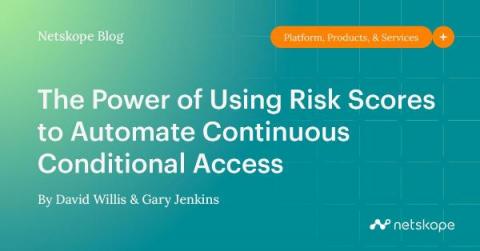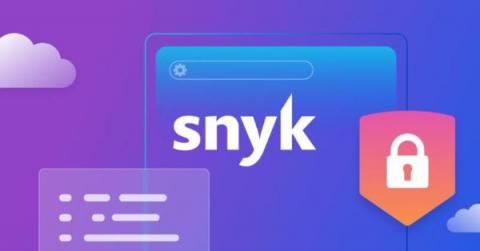10 Steps to Take Now to Reduce Supply Chain Risks
Open-source software has been a godsend for the development community. They bring lower development costs, faster application delivery, and greater flexibility; it’s no wonder nearly 90% of modern applications comprise third-party software nowadays. That’s not to say open-source software doesn’t come with its share of pitfalls, including security risks and vulnerabilities.







